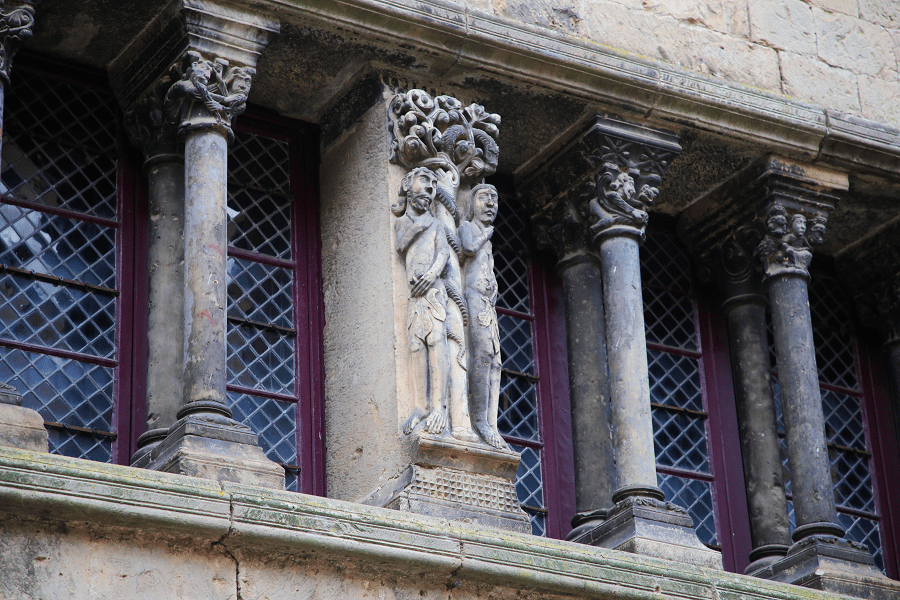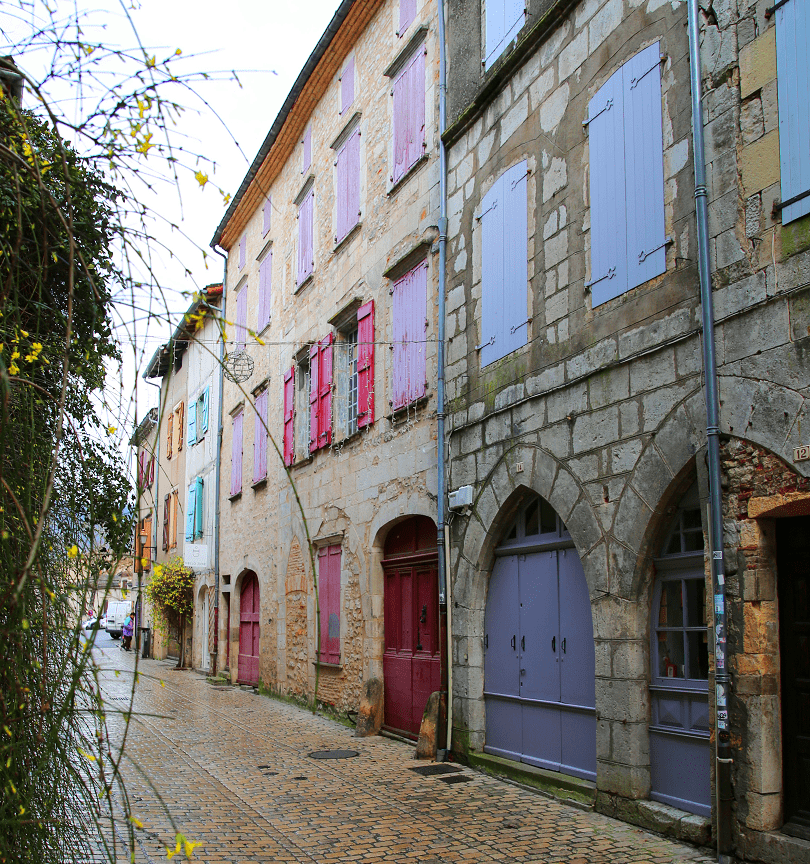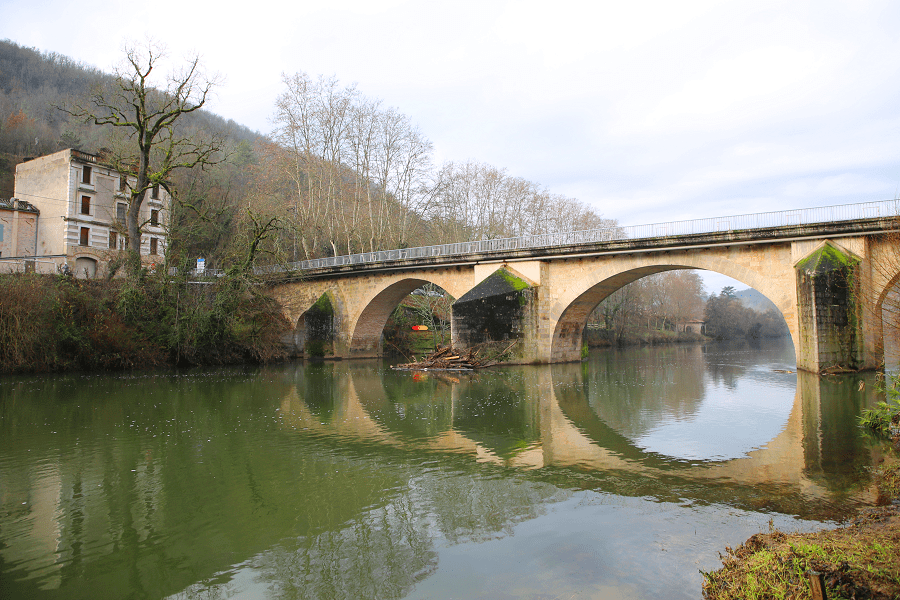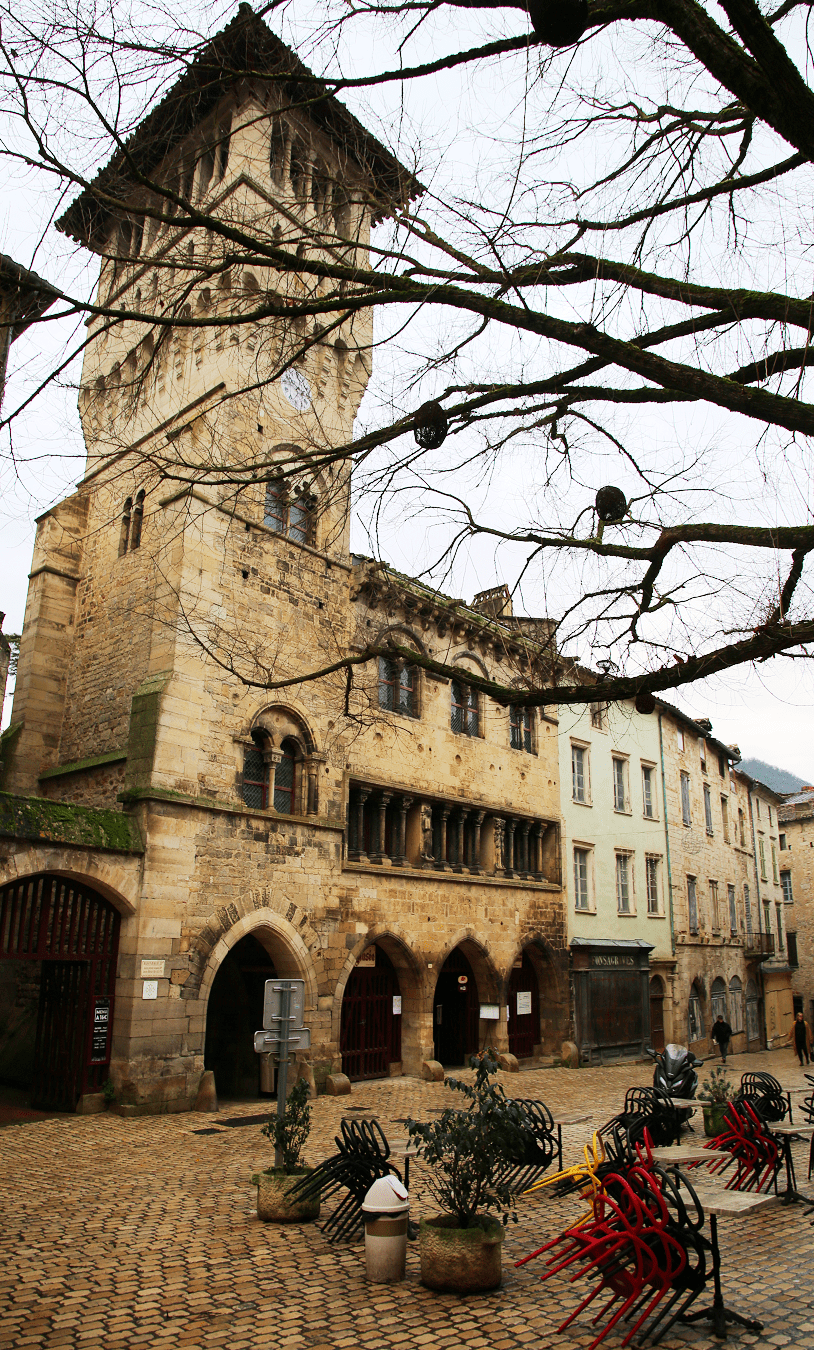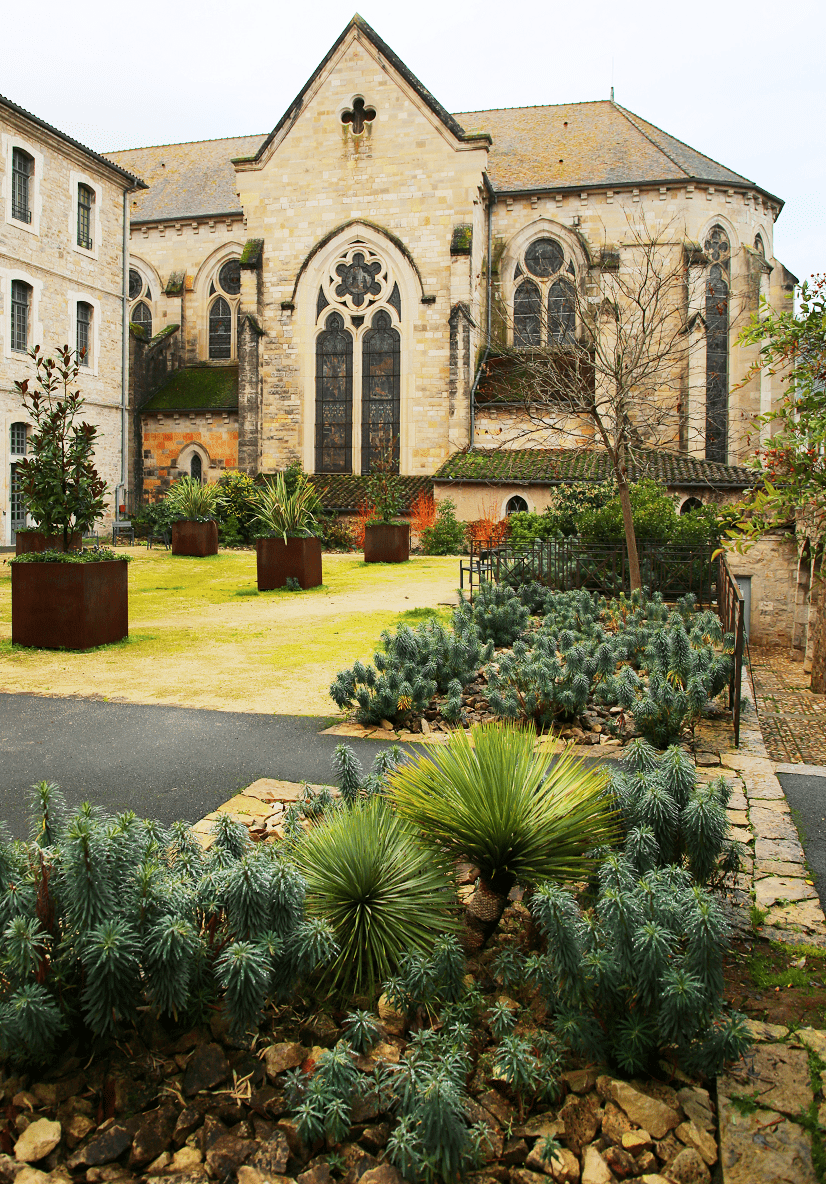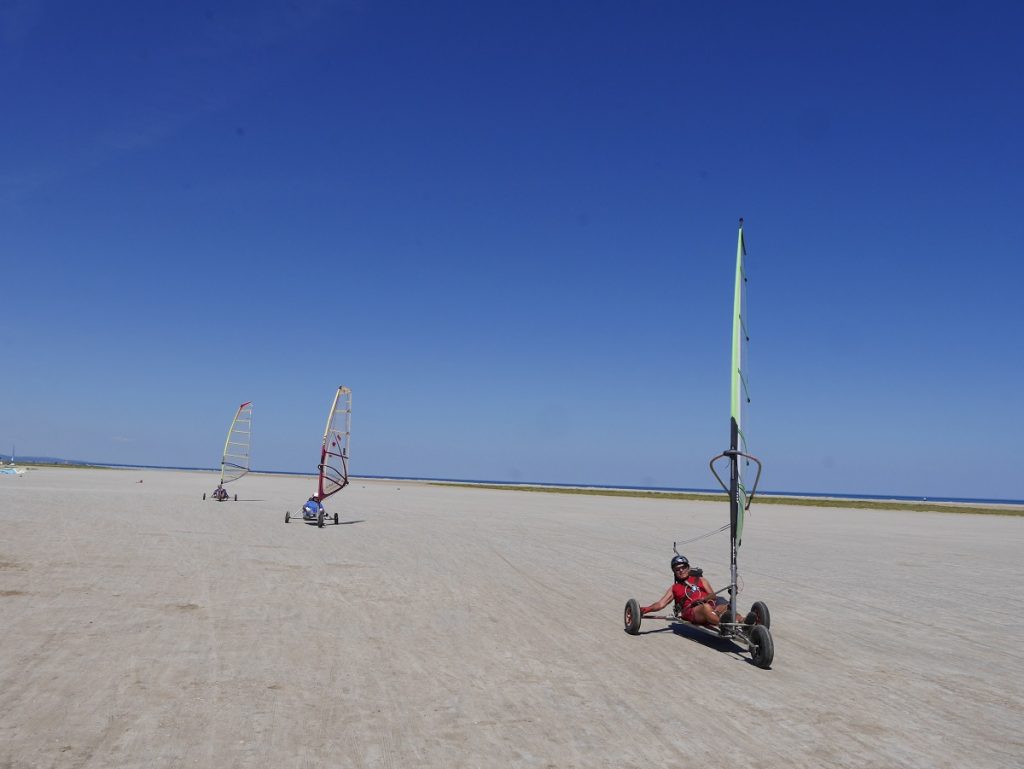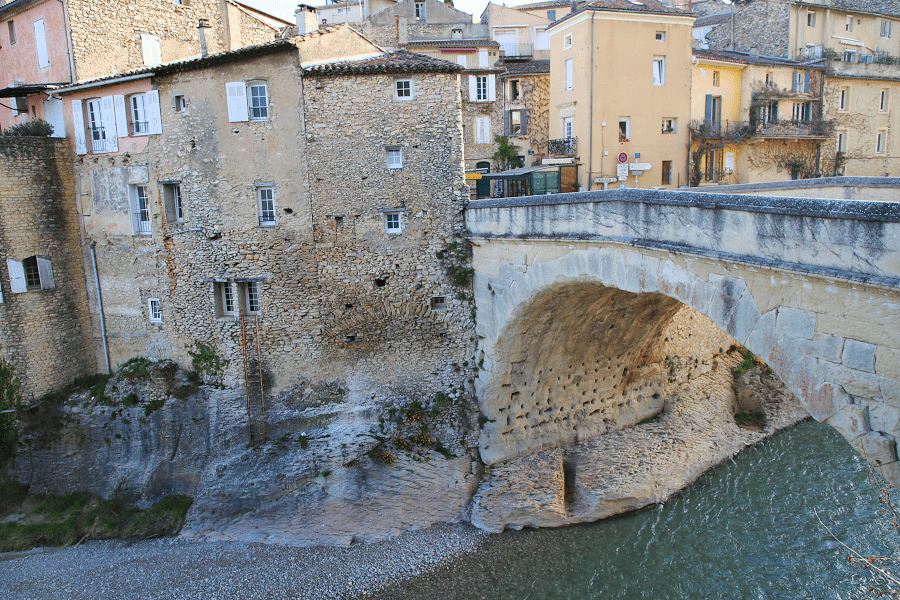Saint-Antonin-Noble-Val, known as Libre-Val during the French Revolution, is a commune in the northeastern part of the Tarn-et-Garonne department, in the Occitania region (France, Massif Central).
Geologically, historically and culturally, it lies on the Causse de Caylus, south of the Causse de Limogne, at the crossroads of the Quercy and Rouergue regions.
Exposed to an altered oceanic climate, it is drained by the Aveyron, the Bonnette, the Bombic, and various other small streams. The commune boasts a remarkable natural heritage: three Natura 2000 sites (the “gorges de l’Aveyron, causses proches et vallée de la Vère”, the “vallées du Tarn, de l’Aveyron, du Viaur, de l’Agout et du Gijou” and the “forêt de Grésigne et environs”), one protected area (the “cours de la Garonne, de l’Aveyron, du Viaur et du Tarn”) and eight natural areas of ecological, faunistic and floristic interest.
Saint-Antonin-Noble-Val is a rural commune with a population of 1,918 in 2021, having reached a peak of 5,605 in 1793. Its inhabitants are called Saint-Antoninois or Saint-Antoninoises.
It lies on one of the ancient pilgrim routes of the Camino de Santiago to Santiago de Compostela.
Main attractions
Religious monuments
- Church of St. Antonin
- Church of St Sabina at Sainte-Sabine
- Chapel of Notre-Dame in the remains of the former abbey
- Church of the Nativity of Our Lady at Servanac
- Church of Our Lady of the Rosary at Bosc
- Protestant temple
- Former convent of the Génovéfains, now the town hall
- The Priory of Costejean
- Oratory of Notre-Dame-de-la-Salette at Servanac
- The market cross in place de la Halle.
Civil objects
The Old Town Hall (Maison des Consuls), built in 1125 for Archambault and subsequently the residence of the ruling viscounts before becoming the seat of the consuls in 1313. The facade features two carvings of very high quality; Adam and Eve with the serpent under the tree of knowledge, and the Emperor Justinian as law-giver, bearing a staff surmounted by the Imperial Eagle and holding an inscription which reads: it is meet that his Imperial Majesty should be empowered not just by force of arms but also by the power of Justice.Eugène Viollet-le-Duc undertook its restoration in 1846 with the help of the architect Théodore Olivier. It now houses Saint-Antonin’s charming old-fashioned museum.
In addition to the Old Town Hall, several houses are designated as Monument historique:
The Caserne des Anglais (English Barracks) house, rue Guilhem-Peyré, was a base for English troops from 1352 to 1354, and eventually became a royal barracks. In 1685, dragoons were based here. After the Revolution, it was converted into a town house.
The Muratet house is an interesting example of medieval civil construction. Partly built in the early 13th century and enlarged in the 15th, the original building was probably a farmhouse. The façade, despite changes in the 19th century, retains its ashlar dressing and all the elements needed to understand its original order: three levels bordered by projecting moulded string courses (the first string based on a series of carved corbels); a series of arches on the lowest level (ground floor shops); two rows of four double windows in a pointed arch, connected by transom strings.
The Le Maréchal house, rue Cayssac: is a 13th-century building which gives an insight to the layout of a medieval residence. It consists of two structures at right angles to each other, with a wine cellar, two residential floors and an attic. Originally the house spanned an alley. On the first floor is a double window which is decorated with plants and false masonry and has window seats. Indentations indicate the position of ropes that supported curtains to divide the room.
The Leris house, place de la Halle, is an interesting example of a 15th-century commercial building façade. At street level it has a door and wide low and moulded arches. In courtyard, the façade has two doors and the stone work is adorned with abundant mouldings and carved pinnacles. In the courtyard, another door is surmounted by a shield supported by two monsters with human heads and griffins’ feet, and surrounded by a garland.
The Ave Maria house, rue des Carmes, was the seat of the Brotherhood of the Virgin. The front door has an inscription engraved on pilasters up to the horizontal mullion: “Ave Mar. Gra. Pln. Na”. It has an intact suite of four windows forming the first floor gallery. These cross-mullioned windows are separated by pilasters with pseudo corinthian capitals.
How to get to?
From Paris: 6 hr 38 min (628 km) via A20
From Toulouse: 1 hr 20 min (93.8 km) via A62
From Andorra: 3 hr 37 min (275 km) via N20
From Barcelona: 4 hr 55 min (485 km) via AP-7 and A61
From Madrid: 8 hr 59 min (892 km) via A-1 and A64
From Monaco: 6 hr 34 min (674 km) via A8
From Moscow: 35 hr (3,402 km) via E30/M1
From Belgrade: 19 hr 8 min (1,962 km) via A4
From Istanbul: 29 hr (2,912 km) via A4
From Bern: 7 hr 45 min (815 km) via A89
Main information
Area: 106 km2
Population: 1918
Coordinates: 44°09′10″N 1°45′21″E
Language: French
Currency: Euro
Visa: Schengen
Time: Central European UTC +1
See here Pyrenees travel guide
See here France travel guide
See here Spain travel guide




